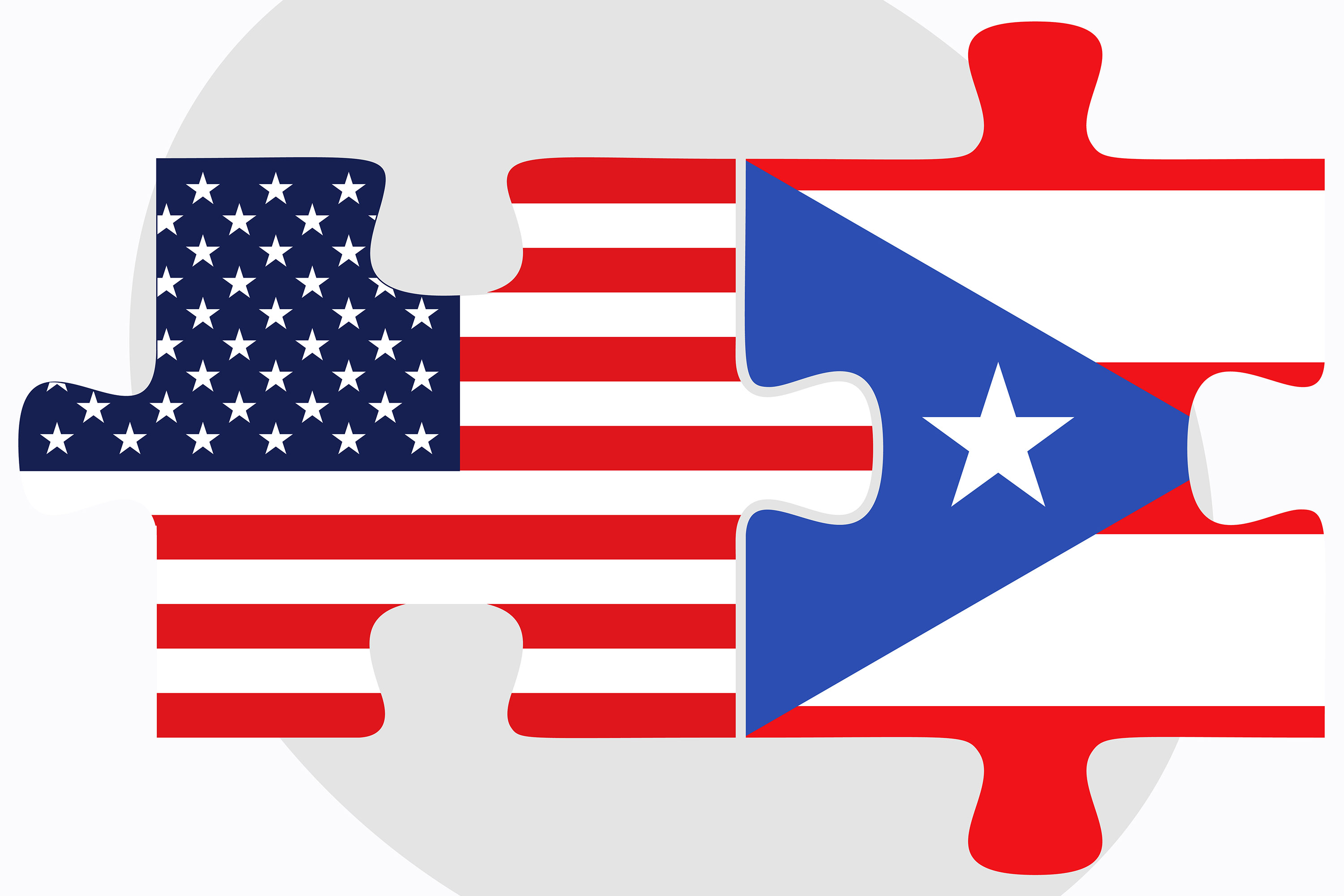Time is running out for Congress and the Obama Administration to work out a plan to help Puerto Rico repay debts it has amassed over the past decade. Congress needs to act by Friday, Dec. 11, on the latest Omnibus Budget Reconciliation Bill to keep the government going. UConn Today asked Charles R. Venator-Santiago, associate professor with a joint appointment in the Department of Political Science and El Instituto, to explain the situation.
Q: How did Puerto Rico end up being $72 billion in debt?
A: Seized from Spain after the Spanish-American War of 1898, Puerto Rico became a territorial possession that belonged to but was not a part of the U.S. While some argue that Puerto Rico enjoyed preferential access to U.S. markets, free trade laws such as NAFTA, left the island unable to compete with countries that relied on lower wage labor. Also during the ’90s, the U.S. began to phase out a series of corporate tax breaks and closed down Roosevelt Roads military base, removing important sources of local income. Successive Puerto Rican governments have adopted austerity measures transferring public sector to the private sector, yet tied these policies to a form of partisan corruption enabling friends of the party in power to garner lucrative contracts at the expense of the public. Finally, it is important to note that previous Puerto Rican governments have kicked the debt forward, borrowing without finding new sources of public income.
Q: Why did creditors lend to Puerto Rico so generously?
A: Creditors have lent money to Puerto Rico for three fundamental reasons: First, the return rates on their investments are much higher that for most other U.S. states. Secondly, since 1985, Puerto Rican municipalities were barred from access to Chapter 9 bankruptcy laws and were therefore bound to pay creditors their investments. Also, as an unicorporated territory, Puerto Rico is ultimately governed by Congress.
Q: What will happen if Puerto Rico defaults on bonds it has promised to repay?
A: As most analysts noted in the Senate Judiciary Committee’s Hearings on Puerto Rico’s Fiscal Problems on Dec. 1, Puerto Rico has already run out of money to pay its creditors, including hedge fund investors from Connecticut who have invested public pension funds in the island’s local economy. At this point, the failure to pay its obligations will result in more lawsuits, the sale of debts on Wall Street, and the gradual collapse of local institutions, which opens the door for more privatization of the public sector.
Q: Should Congress approve legislation giving Puerto Rico protection under U.S. bankruptcy laws?
A: Prior to 1985, Congress routinely enacted “bailout” legislation, bankruptcy protection measures for local municipalities, to enable Puerto Rico to meet its financial obligations. Then in 1985, Congress claimed Puerto Rico was a Commonwealth to justify imposing caps on federal funding for the island. For example, Medicaid and Medicare funding are treated as block grants for Puerto Rico; however, states can request additional funding for Medicaid and Medicare costs when they run out of money.
Now the U.S. Constitution grants Congress the plenary power to selectively treat Puerto Rico as a state, autonomous territory, or semi-sovereign nation for purposes of any federal legislation. But enacting bankruptcy protections for Puerto Rico raises several problems. Investors claim that they invested in Puerto Rico precisely because the island did not have the same bankruptcy protection laws. And, until the local government adopts effective anti-corruption measures, any form of relief will not be effective.
Some economists estimate that bankruptcy protections will free up to $32 billion dollars of the reputed public debt. However, we really do not know what the island’s public debt is because until last year, the Puerto Rican government had not been auditing government expenditures properly or accurately. For all we know, the debt may be closer to $100 million dollars.
Q: Can the U.S. Treasury or Federal Reserve offer alternate financial lifelines?
A: Yes. The Fed bailed out Wall Street with a $16.1 trillion investment. $100 million dollars is petty cash. However, as most analysts from the Federal Reserve will probably argue, any investment has to be guaranteed. Until Congress enacts a federal oversight board or committee to oversee the Puerto Rican government’s administration of public funds, any investment or bailout is wasted money.
Q: As home to more than 250,000 Puerto Ricans, how much does this crisis hit home in Connecticut?
A: Puerto Rico’s fiscal crisis affects Connecticut in at least three ways. It has the potential to increase migration of island residents to the state, creating financial burdens on families. It could stimulate the reliance of island residents on remittances sent from their families residing in Connecticut. And the crisis affects local investment firms who have money tied up in island bonds and other sources of investment, because they may not be able to collect on their investments.



